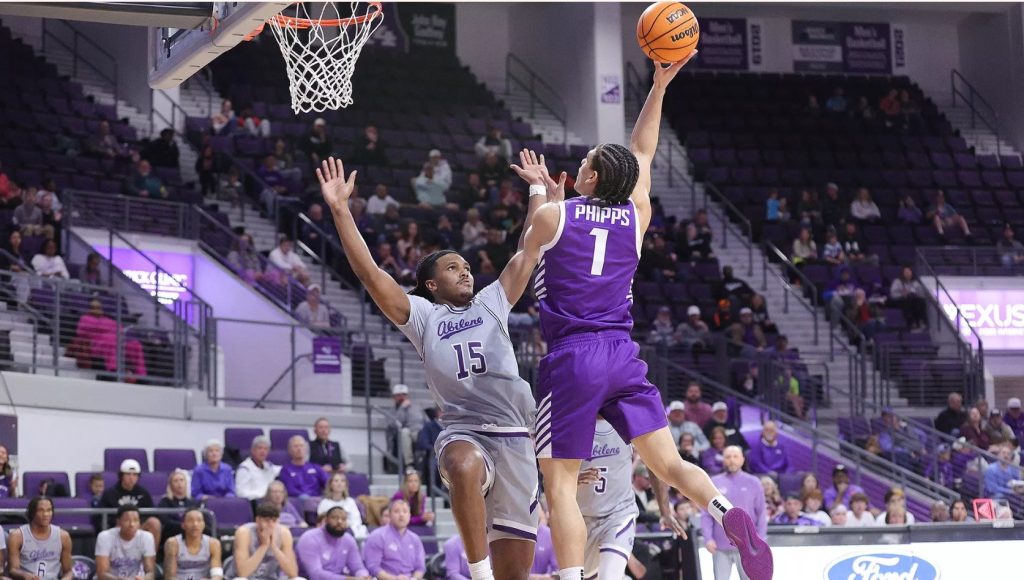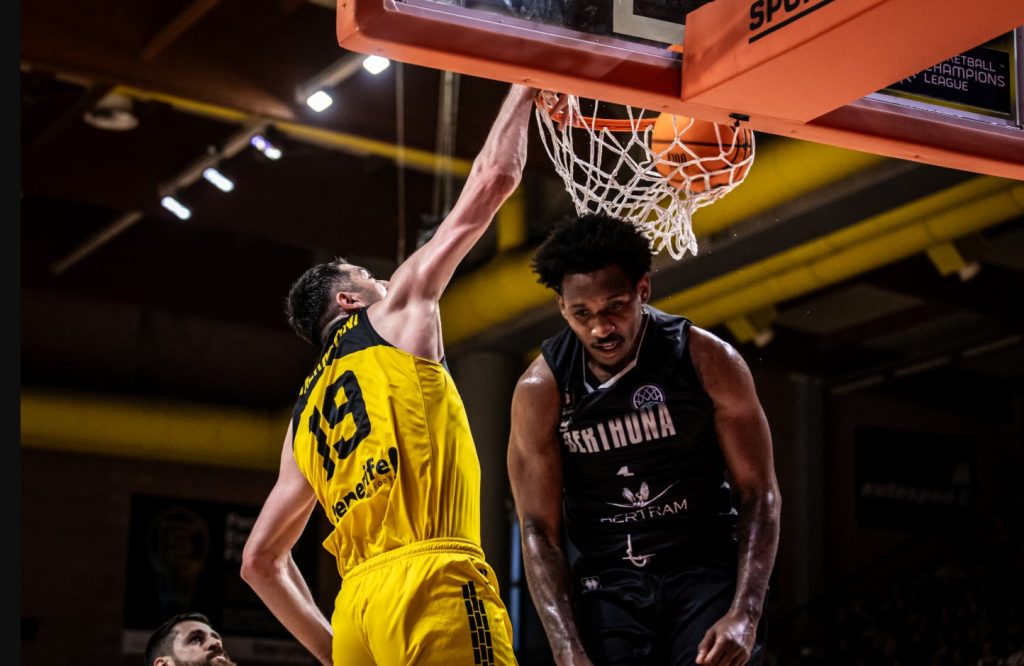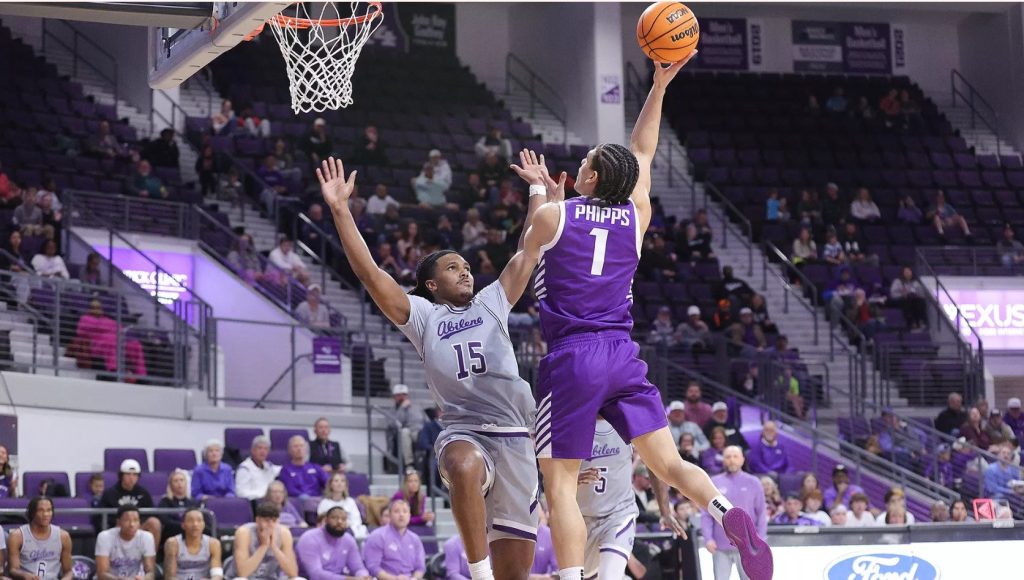Basketball is a high-intensity sport that demands a unique combination of strength, agility, speed, and most importantly, stamina. Whether you’re playing in a street league or at a professional level, having top-notch stamina is essential to sustain peak performance from tip-off to the final buzzer.

Table of Contents
In this article, we’ll explore the components of stamina, specific training methods, nutritional strategies, and mental tips to help you build endurance and perform at your best in every game.
What is Basketball Stamina?
- Aerobic Endurance – for continuous effort (e.g., running back and forth)
- Anaerobic Capacity – for explosive bursts (e.g., sprinting, jumping)
- Muscular Endurance – for resisting fatigue in legs, arms, and core
- Mental Toughness – to push through exhaustion and stay focused
Improving stamina isn’t just about running longer—it’s about training smartly and holistically.
1. Cardiovascular Conditioning
Aerobic conditioning is the foundation for basketball stamina. It builds your heart and lung capacity to support long periods of activity.
| Exercise Type | Description | Frequency |
|---|---|---|
| Long-distance running | Steady-pace runs (3–5 miles) | 2–3 times per week |
| Cycling | Low-impact endurance builder | 2 times per week |
| Swimming | Full-body cardio workout | 1–2 times per week |
| Stair running | Improves leg stamina and heart rate | 1–2 times per week |
Tip:
Incorporate interval training (e.g., run for 3 minutes, walk 1 minute) to simulate the stop-and-go nature of basketball.
2. Strength & Muscular Endurance Training

| Muscle Group | Best Exercises | Reps/Sets |
|---|---|---|
| Legs | Squats, lunges, calf raises | 3 sets of 12–15 reps |
| Core | Planks, Russian twists, leg raises | 3 sets of 30–60 seconds |
| Upper Body | Push-ups, pull-ups, dumbbell rows | 3 sets of 10–15 reps |
| Full Body | Burpees, mountain climbers, kettlebell swings | 3 sets of 12–20 reps |
Tip:
Train with lighter weights and higher reps to improve endurance rather than maximal strength.
3. High-Intensity Interval Training (HIIT)
HIIT mimics the real-time demands of basketball—short sprints, fast direction changes, and recovery intervals.
| Drill | Duration | Benefits |
|---|---|---|
| Sprint Intervals | 30s sprint / 30s rest (x8) | Improves speed + recovery |
| Shuttle Runs | 10-20m changes of direction | Agility and anaerobic fitness |
| Jump Circuits | 30s jumping jacks, jump squats, rest 15s | Explosive power + stamina |
Perform HIIT workouts 2–3 times per week, ideally on non-lifting days.
4. On-Court Basketball-Specific Drills
Generic conditioning is important, but nothing beats sport-specific training for building true basketball endurance.
| Drill Name | Purpose | Description |
|---|---|---|
| Full-Court Layup Drill | Builds game-like stamina | Sprint baseline to baseline with a layup each time |
| Zig-Zag Dribble | Improves endurance + control | Sprint and change direction while dribbling |
| Closeout Drill | Defensive stamina + footwork | Sprint to close out on offensive player |
| Rebound & Sprint | Replicates game transition | Jump for rebound, sprint full court |
These drills can be added to the end of skill workouts or made into full conditioning sessions.
5. Nutrition for Endurance
| Nutrient | Role in Performance | Sources |
|---|---|---|
| Carbohydrates | Main energy source | Oats, rice, pasta, fruits, vegetables |
| Protein | Muscle recovery & repair | Chicken, fish, eggs, legumes |
| Fats | Long-term energy | Avocado, nuts, olive oil |
| Hydration | Supports muscle + cognitive function | Water, electrolyte drinks |
Game-Day Tips:
- Eat complex carbs 2–3 hours before a game.
- Sip water throughout the game.
- Post-game, consume a protein + carb meal within 30–60 minutes.
6. Recovery & Sleep
Building stamina requires effort—but the real growth happens during rest. Overtraining can actually reduce endurance by causing fatigue or injury.
| Recovery Method | Benefits | Frequency |
|---|---|---|
| 7–9 hours sleep | Hormonal balance and energy recovery | Nightly |
| Foam rolling | Reduces soreness and boosts circulation | After workouts |
| Active recovery | Light walking/stretching | 1–2 days/week |
| Ice baths/showers | Reduces inflammation | As needed |
7. Mental Conditioning

| Technique | Purpose | How to Do It |
|---|---|---|
| Visualization | Mentally rehearse performance | Imagine yourself playing with full effort |
| Breathing techniques | Control stress and recover faster | Inhale 4s, hold 4s, exhale 4s (box breathing) |
| Goal setting | Track progress and motivation | Weekly or monthly training goals |
Sample Weekly Stamina Training Plan
| Day | Focus Area | Workout Examples |
|---|---|---|
| Monday | Strength + HIIT | Weight training + sprint intervals |
| Tuesday | Cardio + Basketball Skills | 4-mile run + dribbling/shooting drills |
| Wednesday | Rest or Active Recovery | Light jog or stretching |
| Thursday | On-Court Conditioning + Core | Layup drills + planks and bodyweight |
| Friday | Strength + HIIT | Full-body circuit + shuttle runs |
| Saturday | Game or Scrimmage + Shooting | Match simulation + shooting drills |
| Sunday | Recovery + Mental Training | Visualization + foam rolling |
Building stamina for basketball is not a one-dimensional effort—it’s a comprehensive mix of cardio, strength, basketball-specific drills, proper nutrition, recovery, and mindset. Improving your endurance won’t just help you play longer—it will help you play smarter, move faster, and finish stronger than your opponents.
If you’re consistent and strategic with your training, you’ll notice a major difference in your performance in just a few weeks.


